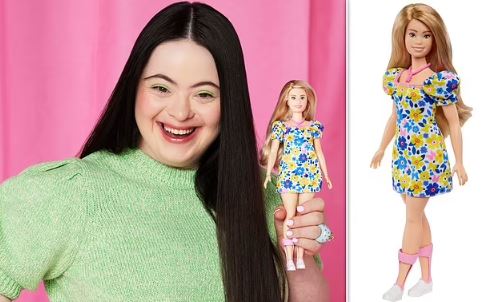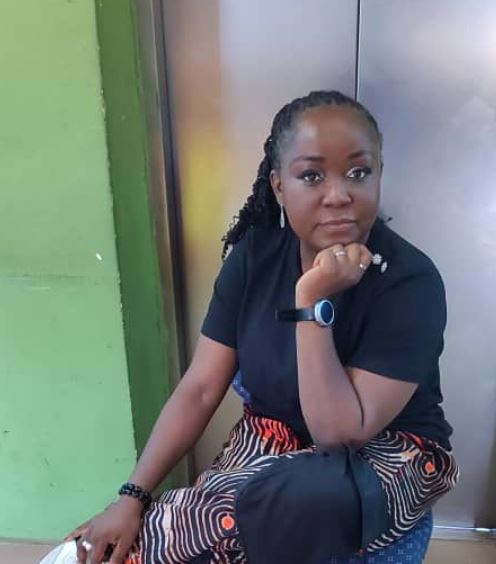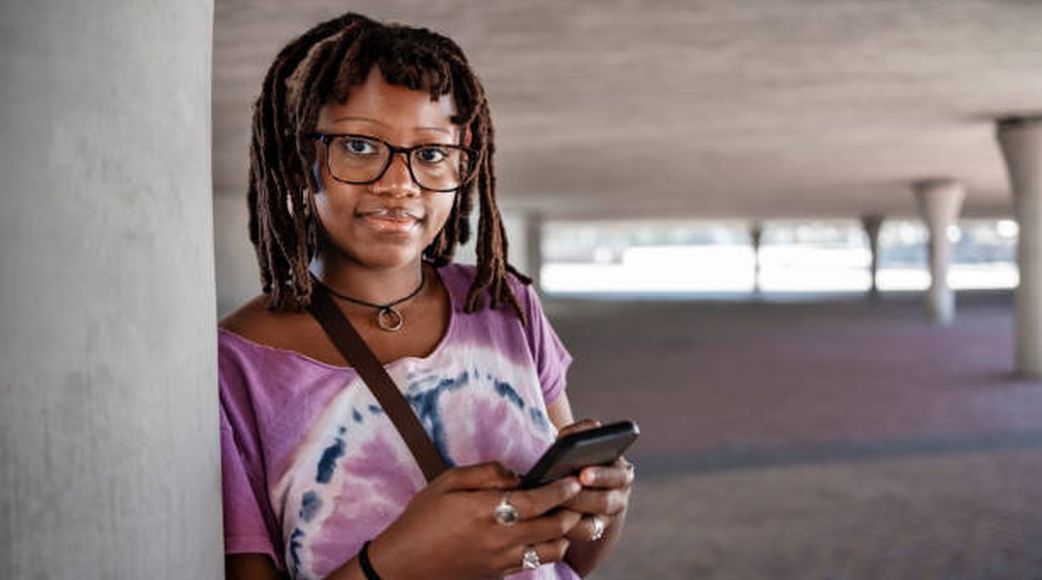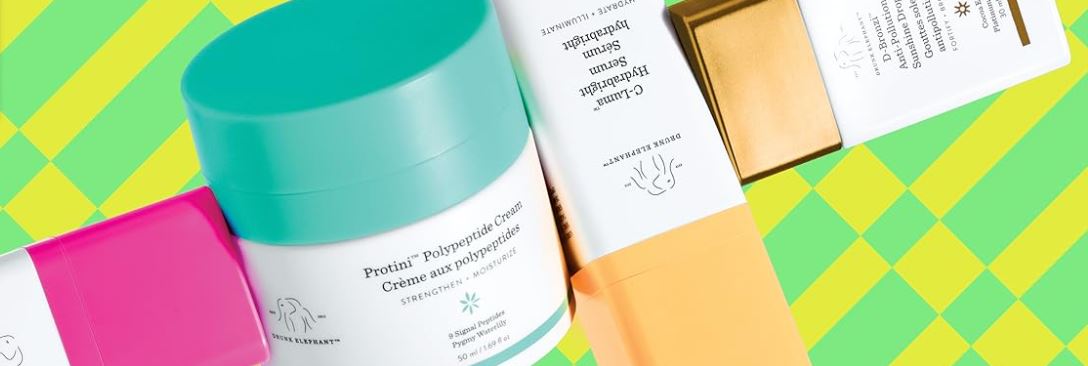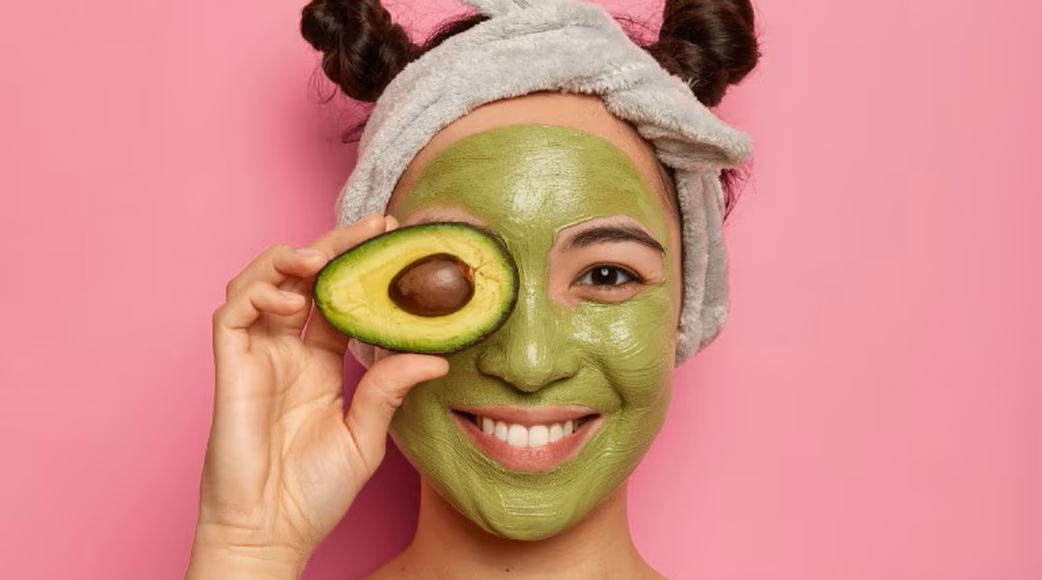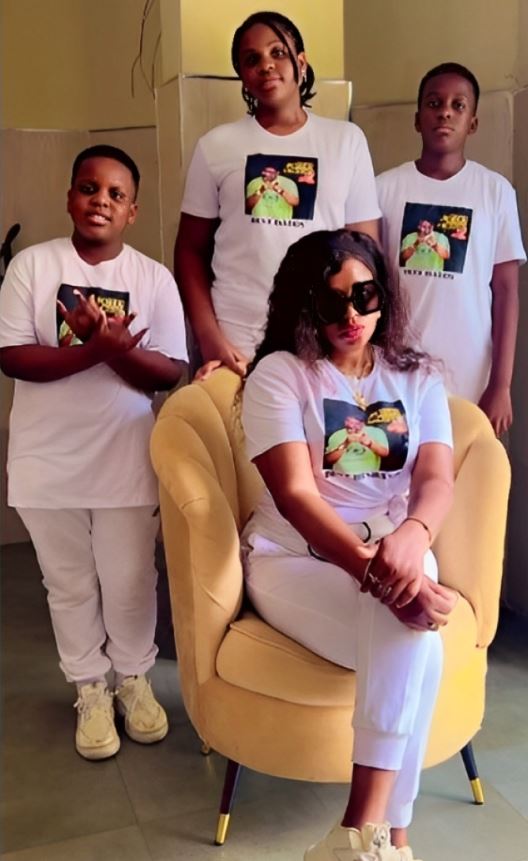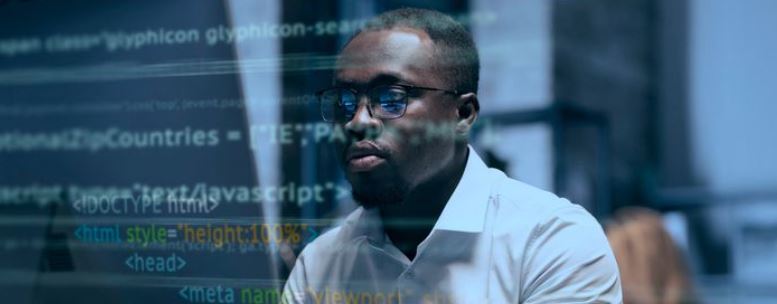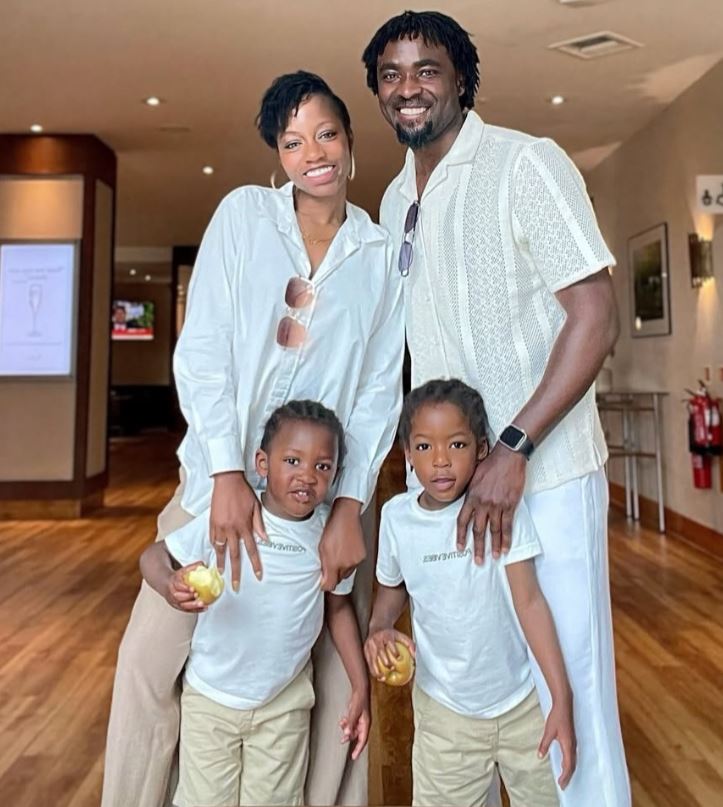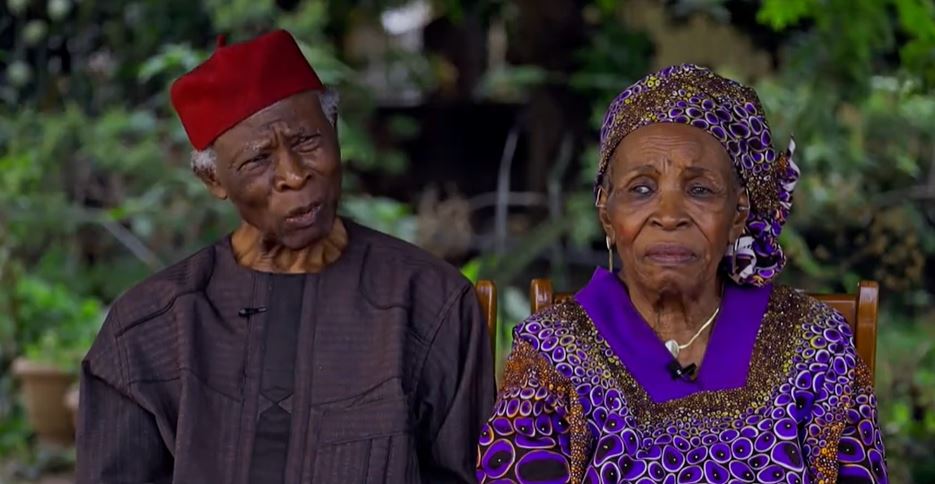New Barbie Girl – Mattel releases its first ever doll with Down’s syndrome
Mattel has announced the release of its first ever Barbie with Down’s syndrome in a bid to represent even more little girls around the world.
The brand’s newest doll will be available on pre-order from Smyths from today around the UK.
British model Ellie Goldstein, 21, who lives with Down’s syndrome and has worked with Vogue, Gucci and Adidas, celebrated the arrival of the new doll, admitting she was ‘overwhelmed’ with joy when she saw the toy.
Mattel worked with the National Down Syndrome Society (NDSS) in the US to design the doll to better represent women living with the condition, and she comes with a shorter frame and longer torso, as well as features which are generally associated with Down’s syndrome.
The Barbie is released as part of the brand’s inclusive Fashionistas collection.
Her face and frame is larger than other Barbie dolls to represent the body shape of many women living with Down’s syndrome.
Her face is also rounder, with smaller ears, a flat nasal bridge and almond-shaped eyes. Her palm includes one single line, which is a characteristic that can be associated to Down’s syndrome.
The doll comes dressed in a blue and yellow dresses with a butterfly pattern: the colours associated with Down’s syndrome awareness.
Her pink necklace made of three upward chevrons, which represent the three copies of the 21st chromosome.
This genetic material causes the characteristics associated with the condition. The chevrons, which look like small arrows, are a symbol of ‘The Lucky Few,’ representing the people who live with Down’s syndrome.
Mattel has left nothing to chance, and this Barbie’s choice of footwear is also significant.

